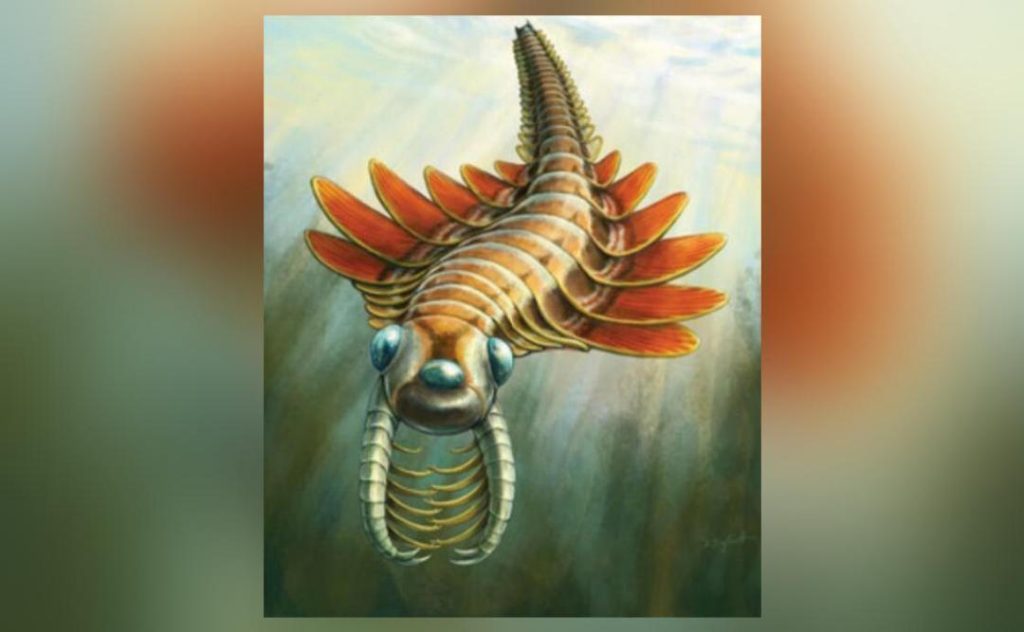
3-Eyed Sea Predator that Lived 506 Million Years Ago Unearthed
In a fascinating discovery, paleontologists have unearthed the fossilized remains of a three-eyed sea predator that lived over 506 million years ago. The remarkable find has shed new light on the evolution of life on Earth, particularly in the ancient oceans. The predator, nicknamed the “sea moth,” has been identified as Mosura fentoni, and its discovery has sent shockwaves through the scientific community.
The fossilized remains of Mosura fentoni were found in the Burgess Shale of the Canadian Rockies, a renowned fossil site known for its rich deposits of Cambrian-era fossils. The Burgess Shale is a treasure trove of ancient life, with fossils dating back to around 508 million years ago. The site has yielded numerous significant discoveries, including the famous Burgess Shale fossil beds, which contain the remains of many ancient animals and plants.
Mosura fentoni was a small, but deadly, predator that lived during the Cambrian period, a time of rapid evolution and diversification of life on Earth. According to researchers, the sea moth was approximately the length of an index finger, making it one of the smallest predators of its time. Despite its tiny size, it was still an formidable hunter, with a unique set of features that allowed it to thrive in its ancient environment.
One of the most striking features of Mosura fentoni is its three eyes. Yes, you read that correctly – three eyes! The predator’s eyes were arranged in a triangle, with two smaller eyes situated on either side of its main eye. This unusual arrangement is thought to have provided Mosura fentoni with a wider field of vision, allowing it to detect prey and predators from multiple angles.
Another remarkable feature of Mosura fentoni is its mouth, which was shaped like a pencil sharpener. This unique mouth structure was likely used to capture and devour its prey, which would have consisted of small invertebrates and other soft-bodied organisms. The pencil-sharpener-like mouth was also equipped with tiny, tooth-like structures that would have helped to tear apart its victims.
In addition to its distinctive eyes and mouth, Mosura fentoni also had flaps on both sides of its body that were likely used for swimming. These flaps, or fins, would have allowed the sea moth to propel itself through the water with ease, making it a formidable hunter in its ancient ocean.
The discovery of Mosura fentoni is significant not only because of its unique characteristics but also because it provides insights into the evolution of life on Earth. The Cambrian period, during which Mosura fentoni lived, is often referred to as the “Cambrian explosion,” a time when many animal phyla suddenly appeared in the fossil record.
The finding of Mosura fentoni, along with other recent discoveries, has helped scientists to better understand the evolution of life in the ancient oceans. It has also shed light on the diversity of life that existed during this period, which was previously thought to be dominated by simple, soft-bodied organisms.
In conclusion, the discovery of Mosura fentoni, the three-eyed sea predator, is a fascinating reminder of the incredible diversity of life that has existed on Earth over millions of years. The find has provided new insights into the evolution of life in the ancient oceans and has sent shockwaves through the scientific community.
Source:
https://royalsocietypublishing.org/doi/10.1098/rsos.242122






